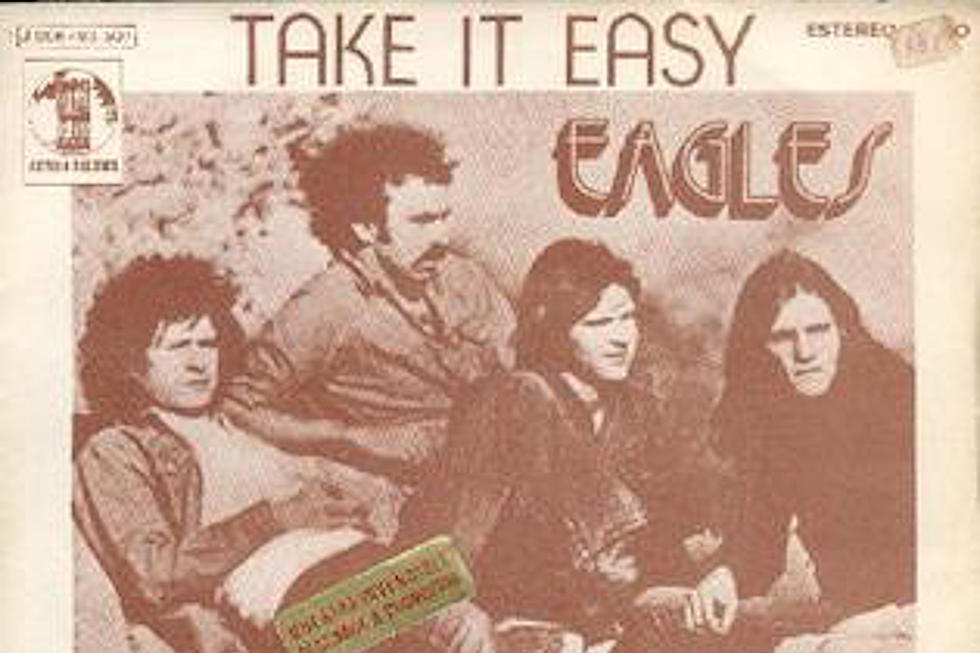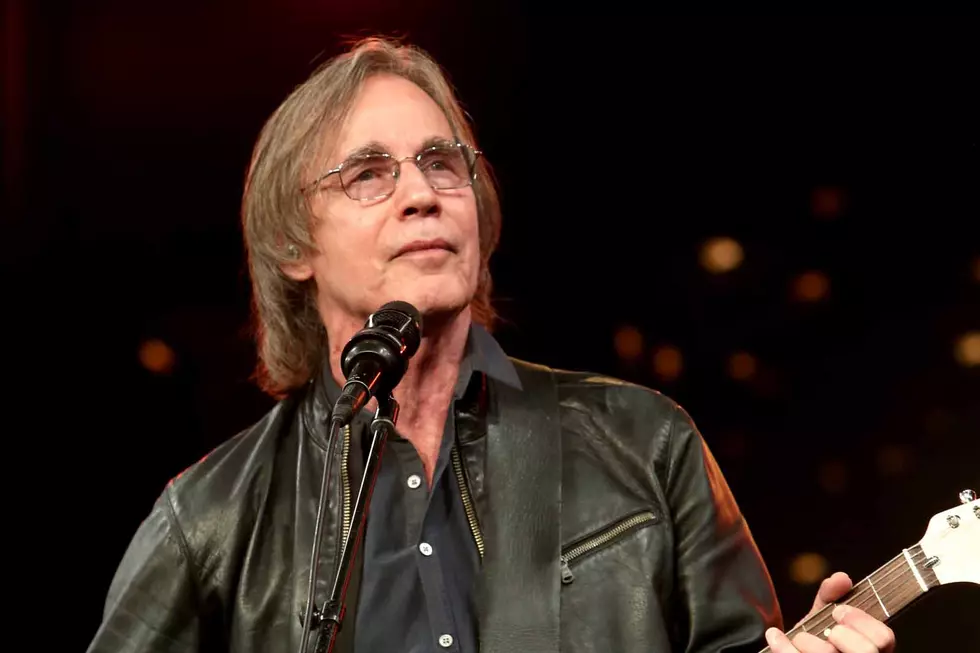45 Years Ago: Jackson Browne Finally Sings His Own Songs on His Debut Album
Jackson Browne had already been a cog in the music industry machine for half a decade before he released his debut album. The poster boy for SoCal folk-rock had grown up as a troubadour (who played open mics at Los Angeles’ Troubadour), who had also spent time as a member of the Nitty Gritty Dirt Band and Nico’s collaborator (as well as her boyfriend). He’d paid his dues in the late ’60s as a teenage employee of Elektra Records’ publishing company in New York, all the while singing his songs at the city’s folk clubs.
From the beginning, it was Browne’s songwriting ability that caught the attention of his fellow musicians. The Dirt Band recorded a few of his songs and so did Nico on 1968’s These Days (on which Browne played). After the singer-songwriter moved back to Los Angeles, a bunch of his songs were cut by West Coasters – among them the Byrds, Linda Ronstadt and Johnny Rivers.
“Around the time I started to get hungry, I decided I’d have to get a little more serious about it,” Browne told Melody Maker in 1973. “My whole attitude was so relaxed, but I knew one of these days I’d make a record.”
In the early ’70s, Browne sent a demo tape to music manager David Geffen, hoping he might be able to launch the career of a young talent. He enlisted some of his musician friends and neighbors for the recording, including a couple of future Eagles.
“I did ‘Jamaica [Say You Will]’ and did it all wrong. I got John David Souther on drums, and Glenn Frey, Ned Doheney and David Jackson and it was all back to front and it sounded terrible,” Browne said. “I sent it off, though, and left town for a while. When I got back, I was really surprised to learn Geffen had been trying to get in touch with me. He told me to relax and enjoy myself and that he’d figure something out after a while. And he did just that.”
When Geffen failed to get Browne a recording contract with a major imprint, he started his own label, Asylum Records, in 1971 and brought Jackson on board. Though thrilled with the opportunity to make an album, Browne also had to fight to preserve his musical integrity. He didn’t want to quickly bash out an album, and have it flop, but he also didn’t want to be overshadowed by a superstar producer.
“Making that first LP was painstaking because I was feeling my way,” Browne told Uncut in 2013. “I’d never played with a band; I’d always played acoustic by myself. I didn’t want to be hooked up with a prominent producer, who might supplant whatever ideas I came up with.”
After months of planning, he wound up choosing Richard Orshoff, who had engineered a James Taylor record. In Browne’s mind, Orshoff would bring the technical know-how, but not subsume Browne into his idea of how the album should sound. The musician also borrowed Taylor’s rhythm section – bassist Leland Sklar and drummer Russ Kunkel – along with guitarists Jesse Ed Davis and Albert Lee, among others, and set to working up full-band arrangements of his songs.
“The prevailing method in Hollywood and New York was to make albums in a few days. My approach was simply getting these guys together to figure out what worked,” Browne recalled in 2013. “They called them ‘head arrangements.’ They’d get in a room and make stuff up, just like the Beatles did. We were just trying to get the most out of a song.”
Orshoff, Browne and the backing band crafted a clean, but warm sound for Jackson’s eloquent and timeless songs, which were about death, love, family and society’s ills. David Campbell’s viola added depth to the austere “Song for Adam,” while subtle gospel touches were bestowed upon “Rock Me on the Water.”
The sessions also employed Geffen clients David Crosby and Graham Nash to get the most out of a particular song. When Geffen asked Nash if he thought there was a hit single among the studio takes, the CSNY member pointed to “Doctor My Eyes,” although he thought a high harmony part should be added. Geffen agreed and Nash and bandmate Crosby were enlisted to sing backing vocals on the track.
But before the album saw release or “Doctor My Eyes” became a Top 10 smash, Browne had to decide on an album cover for his debut LP. Working with album designer Gary Burden, Browne suggested the concept of a water bag, with a burlap texture and the words “saturate before using” printed on it. They briefly questioned if the public would think that the album was titled Saturate Before Using, instead of simply Jackson Browne, but dismissed the notion. Maybe they shouldn’t have.
“So, not only does everyone think that’s the title of that album, but my record company thinks that’s the title of the album,” Browne said in 2002’s Under the Covers DVD.
No matter what people thought it was called, Jackson Browne was released in January 1972, with “Doctor My Eyes” as its first single in March. The song hit No. 8 in the U.S. and the album became a minor hit, eventually going gold and then platinum as Browne’s career continued. In 1972, he hit the road with the like-minded Joni Mitchell, Linda Ronstadt and the recently formed Eagles, who had a hit with a Browne co-write, “Take It Easy.”
As Browne’s star grew, his songs continued to be popular choices for artists to record. Ronstadt had a minor hit with her version of “Rock Me on the Water,” the Jackson 5 hit the U.K. charts with a cover of “Doctor My Eyes” and other musicians -- including Mary Travers, Tom Rush and Kiki Dee -- released renditions of Jackson Browne tracks in the immediate aftermath of the album’s release.
See Jackson Browne and Other Rockers in the Top 100 Albums of the '70s
More From US 103.1 FM










